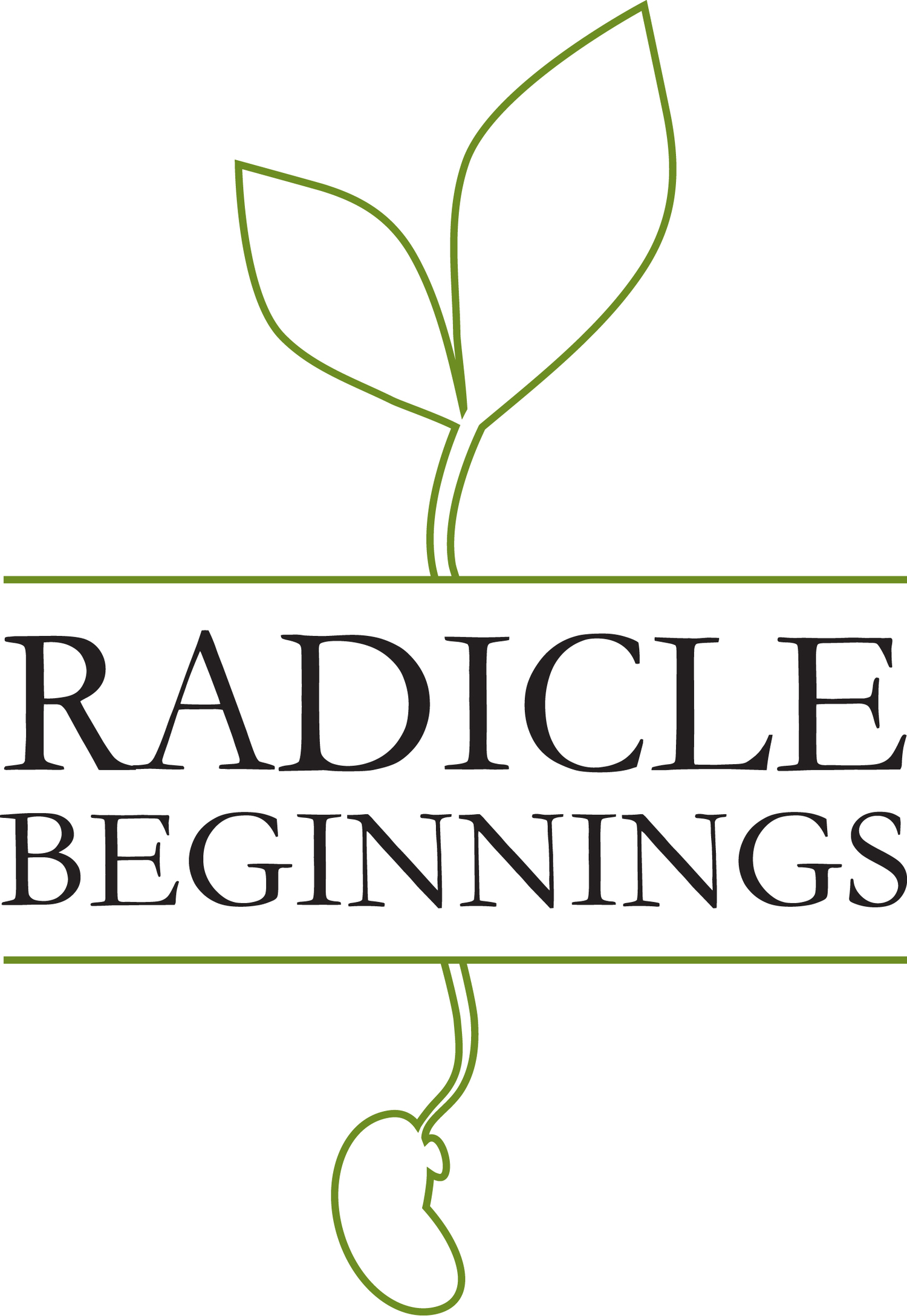It is late spring in Colorado, and in my environment with toddlers this means extra time outdoors with much of the morning spent in the garden.
This time outside naturally brings about into our lives all the wonderful bugs, creepy-crawlies and spiders that thrive and present themselves during the warm months of the year.
And yes, I did say wonderful while referring to bugs.
Toddlers are curious by nature, so of course, bugs of all sort are high on the list of the wonders of the world. In fact, children at about the age of 18 months to 2.5 years go through what Maria Montessori called a "Sensitive Period" for tiny objects. This means that the child is unconsciously and almost obsessively drawn to any and all tiny things in the environment, both indoors and out.
Of course, bugs fall right into this category of development.
Knowing this innate, almost uncontrollable need of the curious toddler, all the while respecting the natural environment, my rule of thumb with the children is simple and clear - we look with our eyes and NEVER intentionally step/stomp on a bug. Some insects, like worms, can be picked up without causing harm, but most insects can either get squished between tiny fingers or are too dangerous to handle.
We look with our eyes and respect the insect’s path in life by not touching it.
I know that we, as adults, all feel differently about insects and their presence in our human existence. After years of working with children, and watching their fascination with even the tiniest of “creepy crawlies”, any squeamish feeling I had has left.
If we find a spider in the class, I capture it, we look at it and then release it outside, saying “have a nice life spider!”. If we see a bee on a flower, we watch carefully and discuss what he is doing (gathering pollen, helping the plants thrive and eventually making honey - how amazing and grateful we are! That honey tasted so good on our waffles!) and that this is very important work! If we see a roly-poly walking along the path we, of course, stop everything we are doing, crouch down low and watch intently his every move.
Growing accustomed to this policy I have observed children running aimlessly through the playground, only to find a bug upon the path, stop and investigate, and then awkwardly, as only a toddler can do, jump over the bug so as not to disturb its path, culminating in a most beautiful act of uncontrollable curiosity, self-control and respect.
Not everyone is quite this comfortable with bugs. Many adults initial reactions to insects is to kill them, stomp on them, etc. and children pick up on this, fast. By being so quick to kill, even the smallest of creatures, we are creating a huge disservice to our children.
Our children deserve to understand that insects are alive and are a very important part of our natural world. In fact, we as humans could not exist without the bugs, insects and creepy-crawlies of the world. Even if this seems small, it is one extra way of helping your child respect and understand the natural world, something that is direly needed on our planet.
If you are squeamish about bugs, I recommend doing what I did; find the beauty in the creatures with your child. Get down low and watch and see what your child sees from their perspective.
It just may change your point of view.
Bugs - Respect them, we will.




